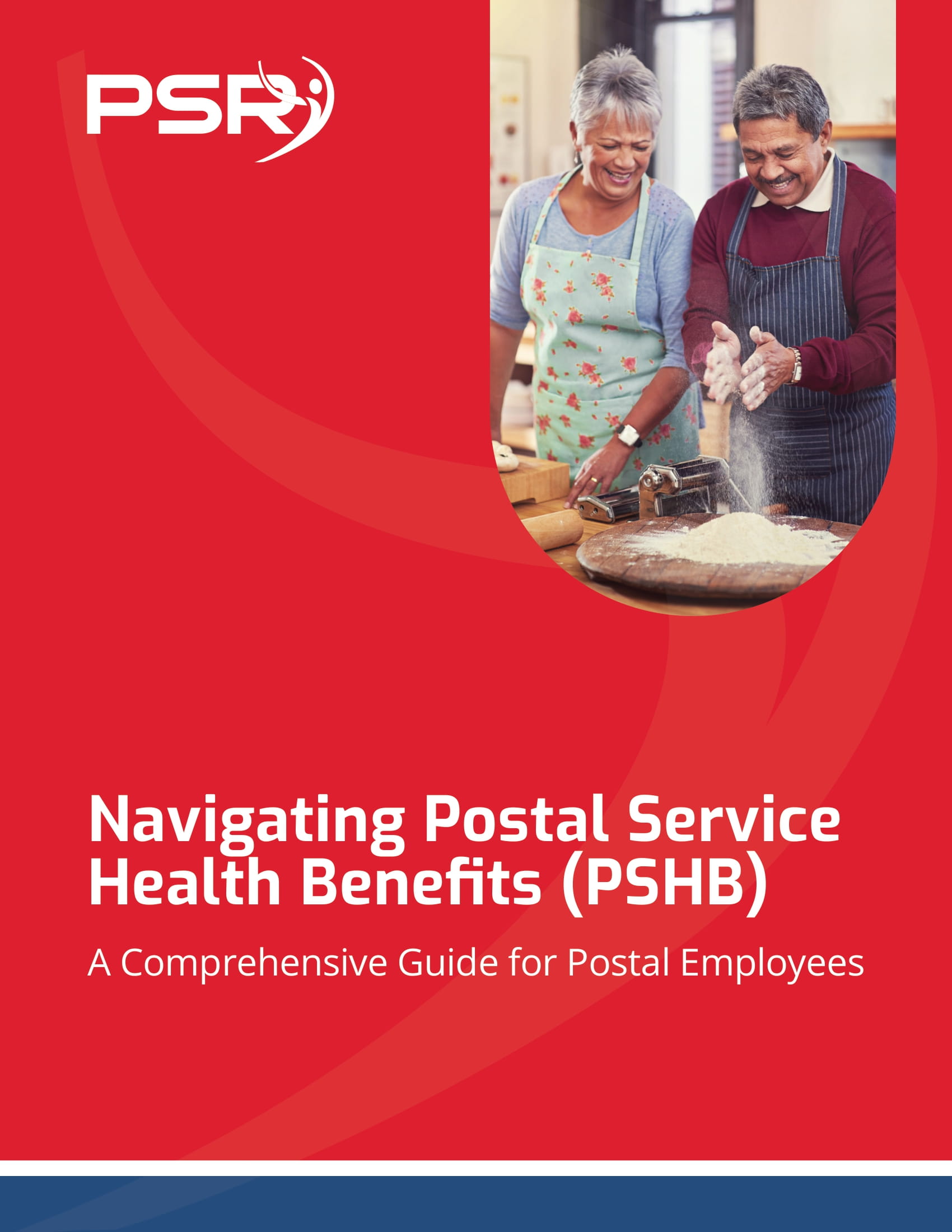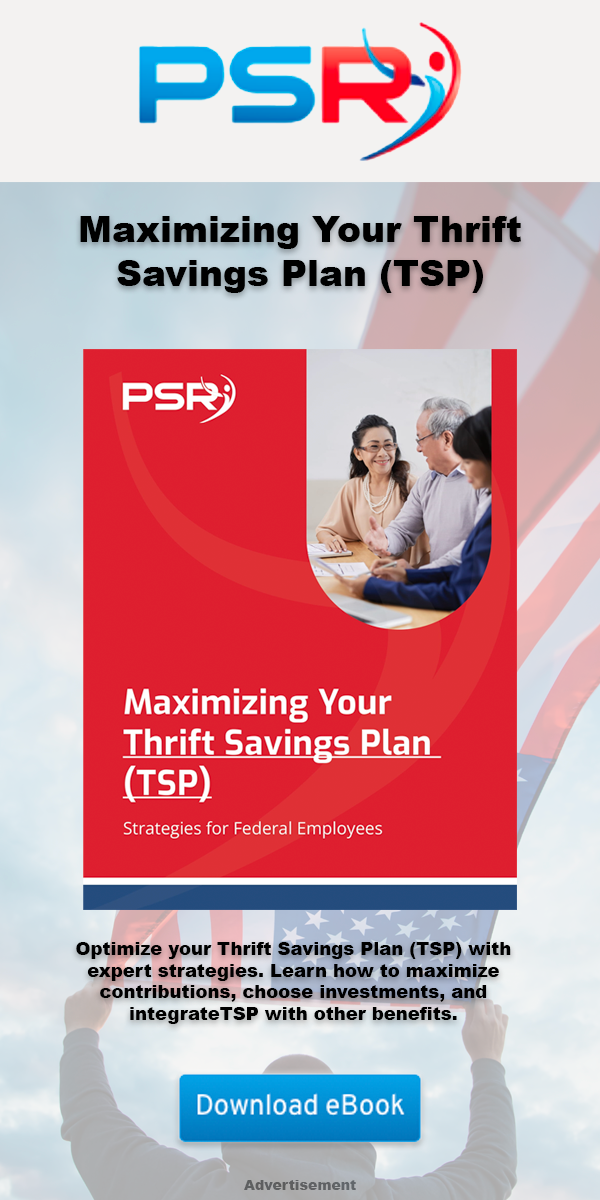Key Takeaways:
-
Overlooking federal retirement calculations can lead to financial shortfalls in your post-career years. Understanding how annuities, TSP, and Social Security work together is crucial.
-
Ignoring healthcare costs and federal benefits planning can leave you vulnerable to unexpected expenses in retirement. Planning for FEHB, Medicare, and long-term care now can save you headaches later.
Failing to Understand Your Federal Retirement Annuity Calculation
- Also Read: FAA, Law Enforcement, and Special Federal Employee Categories—Here’s What Makes Their Retirement Unique
- Also Read: Blending Private and Public Sector Retirement Plans Is Complicated—Here’s Where Couples Get It Wrong
- Also Read: The Silent Shift in Postal Service Retirement Benefits That Could Change Everything by 2026
The “High-3” Average Salary Formula Matters
Your retirement annuity is based on your highest three years of average salary, often called your “high-3.” If you don’t accurately estimate this number or misinterpret how locality pay factors in, your expected pension may be lower than anticipated. In some cases, recent legislative proposals have aimed to exclude locality pay from high-3 calculations, which could significantly impact future retirees.
The FERS Annuity Formula
If you are under FERS, your annuity formula is straightforward but varies based on your age and years of service:
-
Standard formula: 1% x high-3 average salary x years of service.
-
Enhanced formula (if retiring at age 62 with 20+ years): 1.1% x high-3 average salary x years of service.
For example, if your high-3 is $100,000 and you retire at 62 with 25 years of service, your pension would be $27,500 per year ($2,291 per month). However, many retirees forget that their annuity is not adjusted for inflation until age 62, meaning the real value of your pension could diminish.
The CSRS Annuity Formula
CSRS retirees generally receive a more generous pension but do not qualify for Social Security benefits unless they have earned enough credits separately. The calculation is more complex and provides a higher percentage of income replacement. If you’re under CSRS, failing to account for the Windfall Elimination Provision (WEP) could also reduce any Social Security benefits you expect to receive.
How to Avoid This Mistake
-
Use OPM’s online calculator or consult a retirement specialist to determine your estimated annuity.
-
Keep track of any legislative changes affecting locality pay or annuity formulas.
-
Plan for inflation adjustments and avoid assuming your pension will remain sufficient in later years.
Neglecting Your TSP Strategy and Social Security Timing
Your Thrift Savings Plan (TSP) and Social Security benefits are essential to your retirement security, yet many federal employees mismanage their investment approach or claim Social Security too early.
The Role of TSP in Your Retirement Plan
TSP functions similarly to a 401(k) and is a primary source of supplemental income. Yet, common mistakes include:
-
Not contributing enough to get the full government match. (For FERS employees, this is an automatic 1% contribution plus up to a 5% match.)
-
Relying too much on the G Fund. While the G Fund offers safety, it may not provide sufficient growth over a 20- to 30-year retirement.
-
Failing to adjust investment allocations. As you near retirement, shifting too aggressively or too conservatively can leave you exposed to unnecessary risk or insufficient returns.
Social Security Timing Can Make or Break Your Retirement Income
For most federal retirees, Social Security is another income stream, but claiming it too early can reduce your lifetime benefits. If you start collecting at age 62, your monthly check could be reduced by up to 30% compared to waiting until full retirement age (FRA).
-
FRA for those born in 1960 or later is 67.
-
Delaying until age 70 results in an 8% increase in benefits per year beyond FRA.
Waiting longer to claim can be a smart move, especially since Social Security benefits are adjusted for inflation annually.
How to Avoid This Mistake
-
Contribute at least 5% to your TSP to maximize government matching funds.
-
Diversify your TSP investments beyond the G Fund for better long-term returns.
-
Carefully evaluate the best age to claim Social Security to maximize your lifetime income.
Underestimating Healthcare Costs in Retirement
Many federal employees mistakenly believe that their healthcare costs will remain stable after retirement. However, medical expenses often increase as you age, and improper planning can lead to financial stress.
FEHB: Your Key to Health Coverage in Retirement
The Federal Employees Health Benefits (FEHB) Program is one of the most valuable perks of a federal career, and you can continue coverage into retirement if you meet the five-year rule. However, retirees often overlook key considerations:
-
Premiums increase annually. FEHB costs have historically risen by 10-15% per year, meaning your expenses could double over a 20-year retirement.
-
Your share of premiums may change. Legislative changes could reduce government contributions, increasing your out-of-pocket costs.
-
Retiree plans differ from employee plans. Not all plans offer the same benefits after you retire, making it essential to review options before leaving service.
Medicare: Enrollment and Cost Considerations
If you retire at 65 or later, you must decide whether to enroll in Medicare Part B. While FEHB provides excellent coverage, adding Medicare can reduce copayments and out-of-pocket costs. However, Part B comes with a monthly premium ($185 in 2025), which increases based on your income (IRMAA surcharges may apply).
Long-Term Care: An Often Overlooked Expense
Long-term care (LTC) is a major financial concern for retirees. Many federal employees assume FEHB or Medicare will cover these costs, but neither program covers extended nursing home care or home health services. Private long-term care insurance or alternative savings strategies may be necessary.
How to Avoid This Mistake
-
Evaluate your FEHB plan annually to ensure it meets your needs in retirement.
-
Consider enrolling in Medicare Part B to reduce long-term healthcare expenses.
-
Research long-term care coverage options before you retire.
Take Control of Your Retirement Plan Now
Retirement planning for federal employees requires careful attention to annuities, TSP management, Social Security timing, and healthcare costs. By avoiding these common mistakes, you can ensure a more financially secure and stress-free retirement. The key is to stay informed, plan ahead, and make adjustments as needed to protect your future income.
For personalized guidance on maximizing your federal retirement benefits, get in touch with a licensed agent listed on this website. They can help you navigate annuities, TSP allocations, Social Security decisions, and healthcare options to align with your retirement goals.













